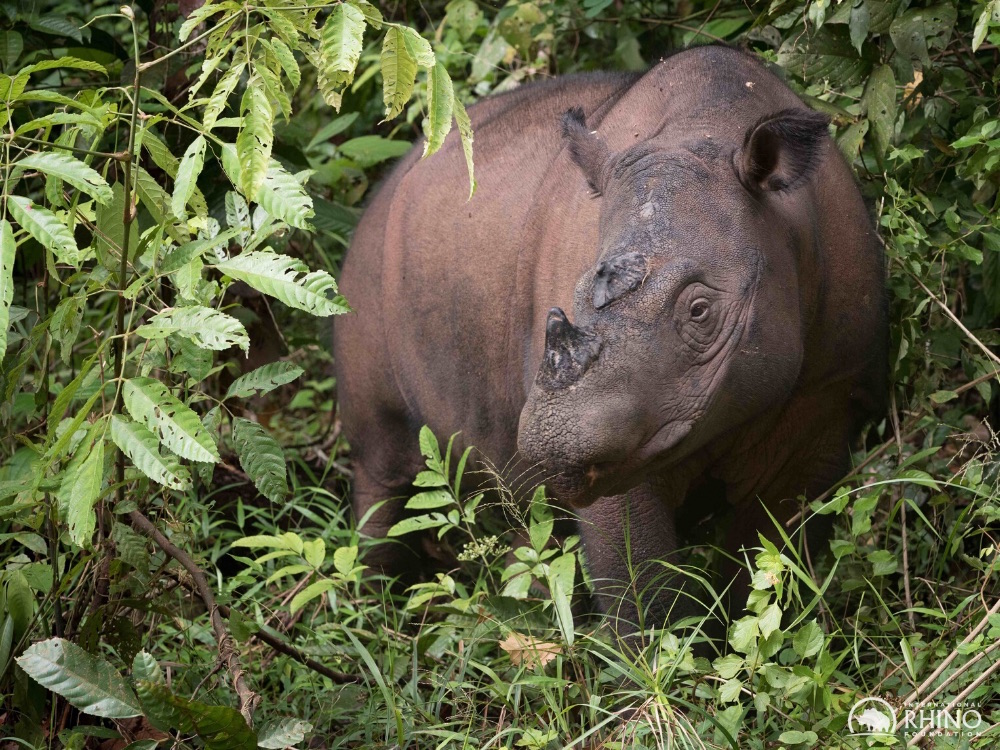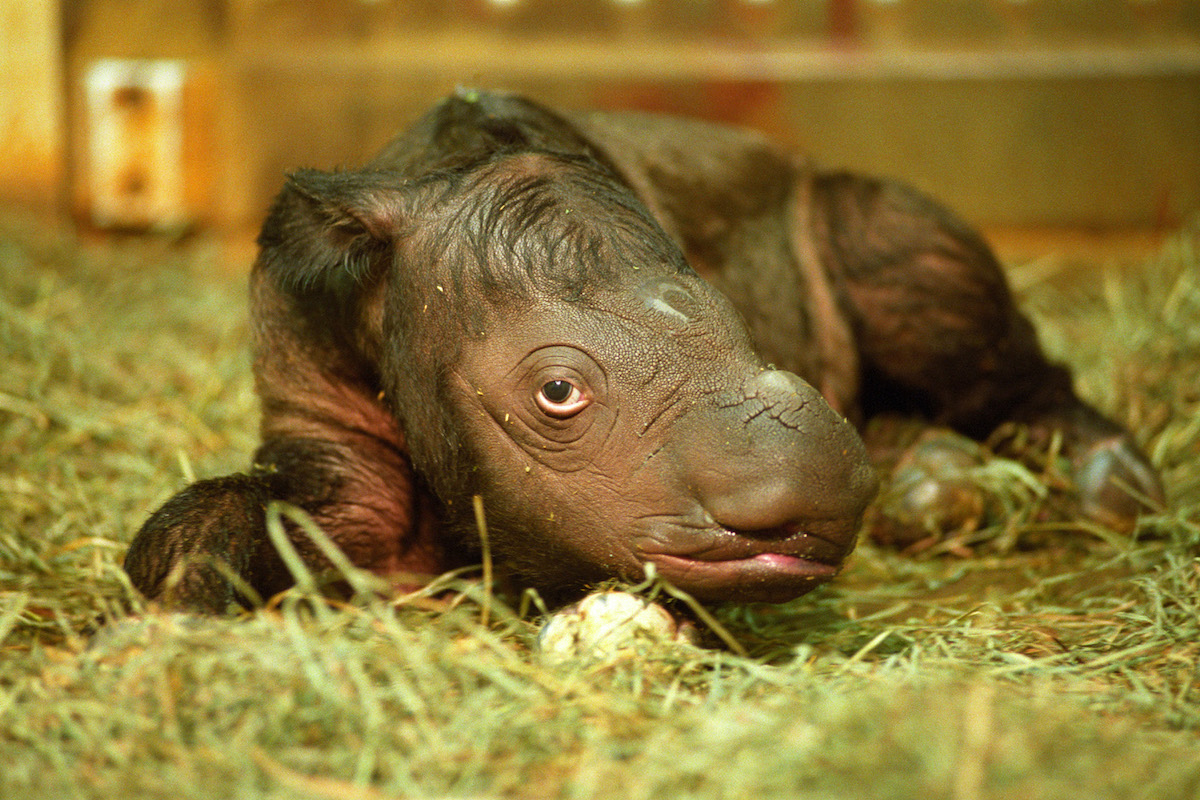- There are roughly 7,000 species of amphibian in the world, and as many as half of them are believed to be currently threatened with extinction, while more than 250 of those species haven’t been seen since the turn of the century.
- In 2010, former Conservation International scientist and photographer Dr. Robin Moore launched a 21-country effort to search for frogs, salamanders, and toads that hadn’t been documented in years.
- It took eight months of repeated searches, but a team of scientists finally found the Borneo rainbow toad, and thereby became the first to record its distinctive coloration.
Disease, habitat loss, and rising global temperatures are taking their toll on the world’s amphibians.
There are roughly 7,000 species of amphibian in the world, and as many as half of them are believed to be currently threatened with extinction, while more than 250 of those species haven’t been seen since the turn of the century, according to bioGraphic, a publication of the San Francisco-based California Academy of Sciences.
A photo gallery published by bioGraphic features the photography of Global Wildlife Conservation’s Dr. Robin Moore, a former Conservation International scientist who, in 2010, launched a 21-country effort to search for frogs, salamanders, and toads that hadn’t been documented in years.
More than a hundred scientists joined the effort, dubbed the “Search for Lost Frogs,” and not only made several discoveries of amphibians that had gone decades without being documented in the wild, but also discovered some species for the first time ever. One recent re-discovery being highlighted by bioGraphic is a toad that hadn’t been seen for 87 years.
The Borneo rainbow toad (Ansonia latidisca) was considered one of the top ten “most wanted” lost amphibians by Dr. Moore and his colleagues when the Search for Lost Frogs project was launched six years ago. It took eight months of repeated searches, but a team of scientists finally found the toad in 2011, and thereby became the first to record its distinctive coloration, for which they named it the “rainbow toad.” Earlier this month, the team retraced their steps with Dr. Moore to find and photograph the toad in its natural habitat.

Moore, who turned his experiences with the Search for Lost Frogs project into a book called In Search of Lost Frogs in 2014, dubbed one of the new finds the “Monty Burns” toad because its profile reminded him of the infamous character from The Simpsons.
The discovery of the Monty Burns toad was something of a happy accident, as scientists came across it during an expedition to Colombia in search of the Mesopotamia beaked toad (Rhinella rostrata), last seen in 1914. The team may not have found their target species, but they did encounter this entirely new species of beaked toad, which has yet to be formally named and described to science.

The Solomon Islands eyelash frog (Ceratobatrachus guentheri) is another species that was found by the Search for Lost Frogs project. This frog is able to mimic both the color and the shape of the leaf litter on the forest floor it calls home. One somewhat unique feature of the Solomon Islands eyelash frog — besides its unusual name — is that it does not undergo a free-living tadpole stage. Its eggs are laid in the hollows at the base of trees and its young emerge as tiny but fully formed froglets.
Check out the entire slideshow on bioGraphic for more of the discoveries and re-discoveries made by the Search for Lost Frogs project.















